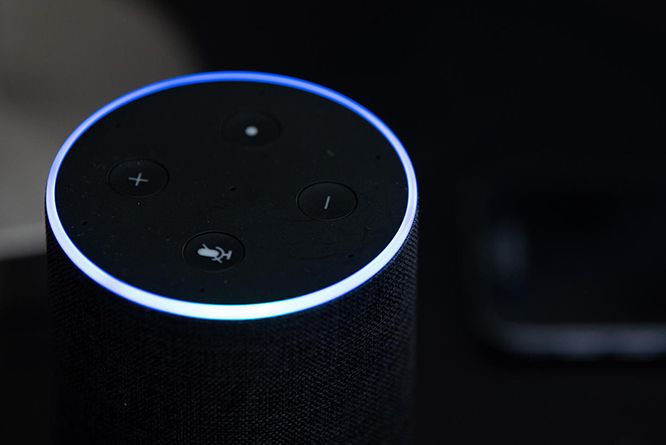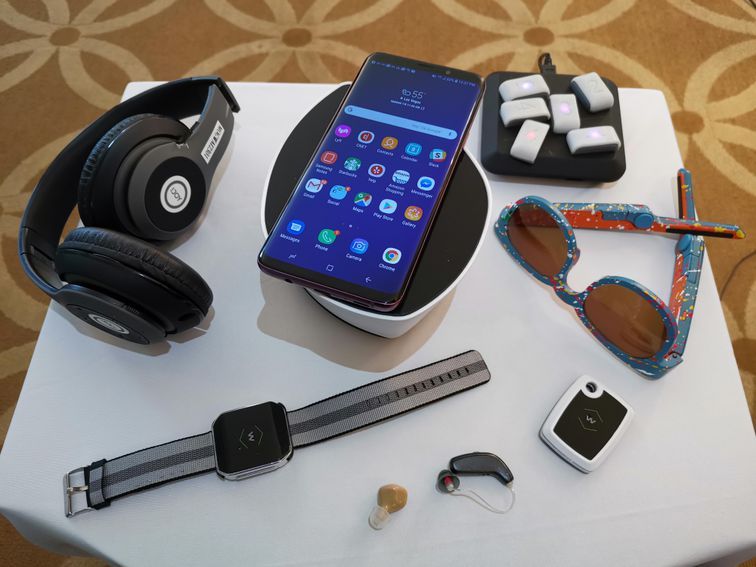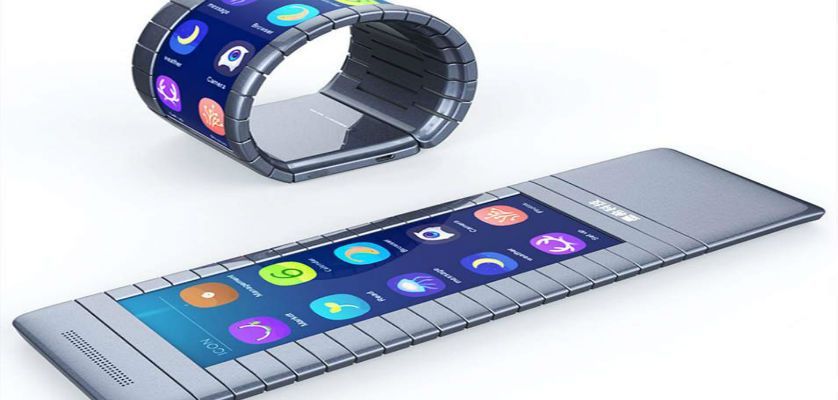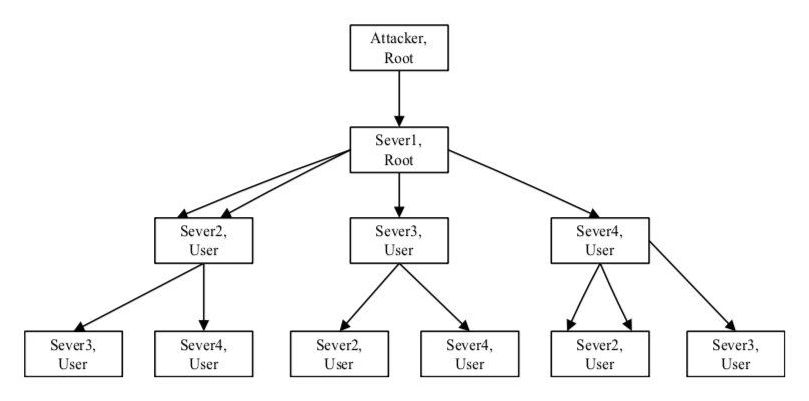Jun 21, 2019
AI System Can Identify Cardiac Arrest
Posted by Genevieve Klien in categories: mobile phones, robotics/AI
Researchers at the University of Washington have used machine learning to teach an AI system to identify when someone is having a cardiac arrest. The system learned to identify agonal breathing, which occurs when someone gasps for breath during cardiac arrest, with a high degree of accuracy. The technology can be embedded into a variety of listening devices, such as smart speakers or smartphones, to alert authorities and loved ones to someone having a heart attack while they sleep.
Approximately half a million Americans die from cardiac arrest annually. Cardiac arrests often happen while someone is at home in bed. This is particularly dangerous, as there is likely to be no-one around, or no-one awake, to help.
Now, researchers have developed an AI system that can work through smart speakers or a smartphone to monitor for signs of a cardiac arrest while someone sleeps. The system listens for something called agonal breathing, which occurs in about 50% of people who experience a cardiac arrest, and patients who demonstrate this characteristic gasping often have a better chance of surviving.
















